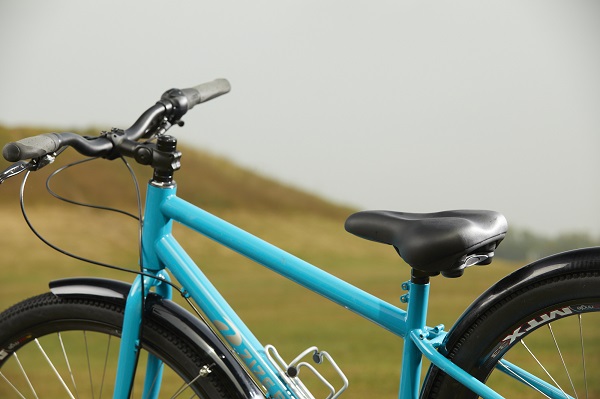Saddle sores can be excruciating to deal with. While there are several ointments and medicines designed to treat saddle sores, they can end up being a recurring problem. If you frequently develop saddle sores, you will need professional medical attention to cure them.
Learning how to treat saddle sores can save you from pain and help you save on treatment costs. Getting your saddle size and quality right can minimize the scope of developing saddle sores considerably. Therefore, seek help from your coach or trainer when picking saddles.

The type and quality of riding pants and footwear you wear can also influence the possibility of developing saddle sores. Sores like ulcerations, furuncles, and common chafing can defer and impact your horse riding experience.
Moisture and Humidity
Riders who live in warm, humid places should wear exceptionally comfortable, sweat-absorbent clothes while riding.
Retention of moisture and sweat could trigger ulcers and even chafing when skin rubs against the fabric. Riders usually wear jeans or jodhpurs while riding. Since the material used for these pants are thick, the friction between the fabric and skin could cause sores. Saddle sores are essentially bacteria-filled pores. The condition could develop into a skin infection if you don’t take proper care.
Pressure and Friction
Horse riding involves a lot of physical movement. You could develop sores if the clothes or protective wear you wear for riding are too tight and do not allow sufficient air circulation.
Additionally, if your riding apparel is too tight, you will also be dealing with more pressure and friction during riding than usual. Ensure that the clothes, including pants, shirts, and jackets you choose for riding, are form-fitted and not too tight.
The Saddle Type and Size
The saddle size and type are some of the most critical factors that impact your riding experience quality. Saddle sores generally start as simple chafing and then develop into more severe sores if left untreated.
The skin over the buttocks and thighs is most prone to these sores. When choosing a saddle, ensure there is enough padding. Also, check if the fit of the saddle is right for you and the horse. The saddle seat size is another vital factor that could cause saddle sores. Additionally, ensure that there is only minimal friction between the saddle and your thighs.
Treating Saddle Sores
Take a few days off riding if you’ve developed a saddle sore. Otherwise, you would be exposing your skin to the same conditions that caused the sore. Let the skin heal considerably well before you start riding again. Take cool baths for two to three days till the inflammation disappears. If possible, avoid wearing tight pants till the soreness subsides.
It’s always best to seek medical help and advice from a doctor if the soreness keeps coming back. Your doctor will prescribe ointments and pills for the treatment and educate you on how to treat saddle sores and minimize the pain and inflammation.
Wrapping Up
Keep your skin clean and dry to minimize the scope of developing saddle sores. Additionally, take off your riding clothes and shower as soon as you finish riding. Also, consider using moisturizers on the vulnerable areas to prevent chafing and dryness.
By keeping in mind the remedies mentioned above, you will prevent and treat saddle sores efficiently.




